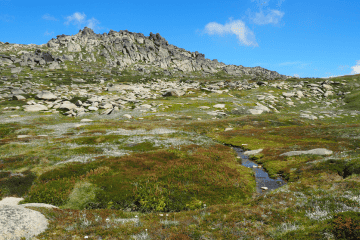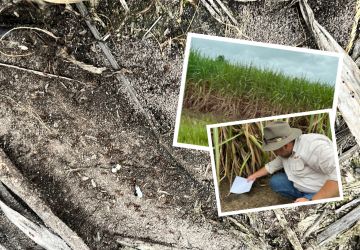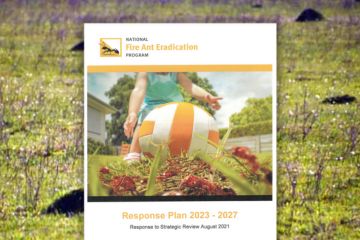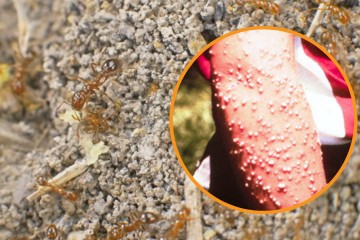
Words not enough to stop fire ants: Program funding needed to match leaders’ statements
The Invasive Species Council is calling on the next Queensland Government to make the expansion of the free fire ant bait program a top priority in its first 100 days, as critical areas remain exposed.


















